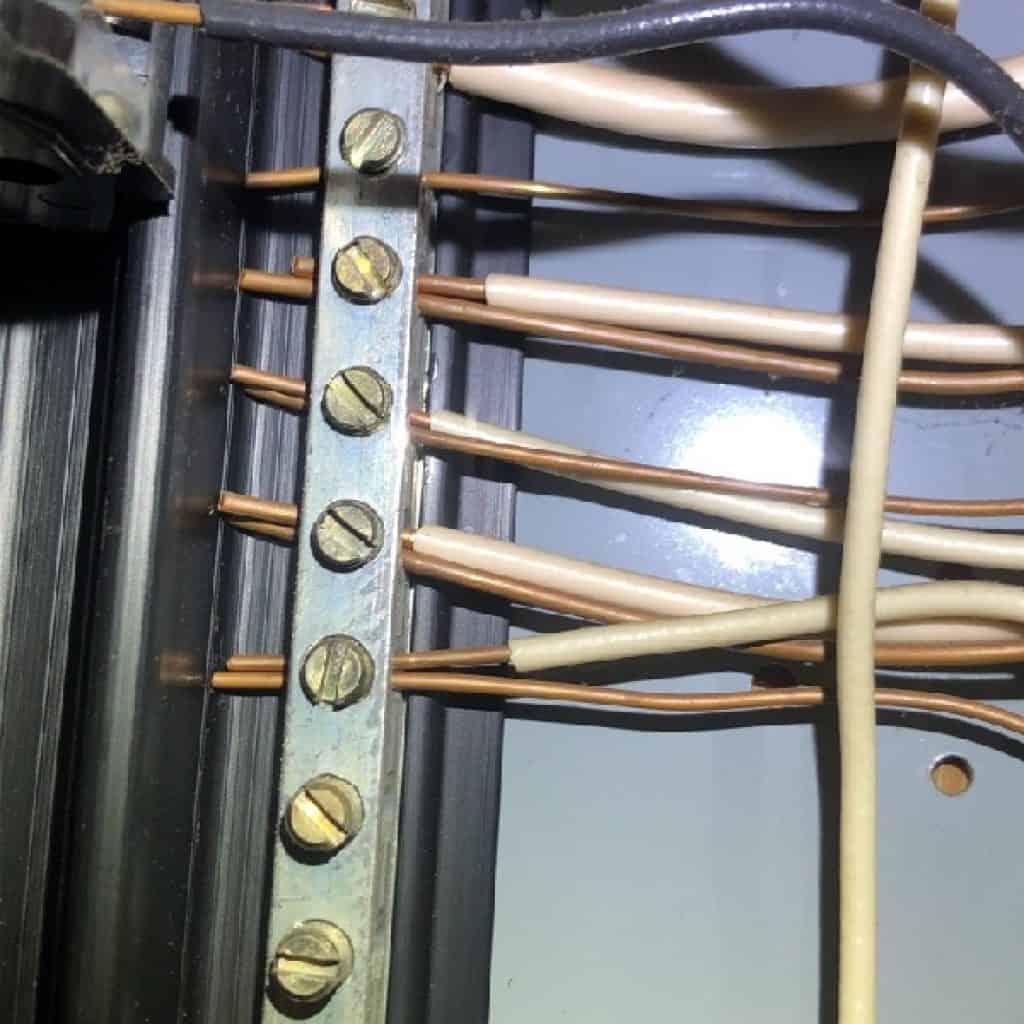Here’s what you can expect and some of the potential electrical defects that might exist during your home inspection:

During your electrical system inspections, we will check for over current protections, grounding, and the presence of any aluminum wiring (a serious fire hazard and banned for many years in most states) during our electrical system inspections in your home for you. We remove the face of the electrical box if it is safe to do so. We also check a representative number of switches and outlets in the house and note the adequacy of smoke detectors.
Some possible defects include poor clearance over roofs, driveways and walkways, poor connections, branches and vines, wiring and equipment damage, unsafe proximity to windows, balconies, decks, swimming pools and doors, and breaker panels (which indicate which circuits feed which rooms).
When electricity enters a home, the breaker panel gives the home inspector information about the system’s age, installation and adequacy for the home. Wiring leaves the box and routes its way throughout the home, feeding each room with one or more circuits that operate lighting, outlets, built-in systems such as HVAC and other fixtures. Some potential defects of the breaker panel may be poor connections, uncovered openings, unsafe or outdated breaker box, mislabeled or unlabeled breakers, and overheating evidence. The inspector will use some type of electrical tester to detect the different issues with your electrical system.
A home inspector also needs to determine the age of the wiring inside the home’s walls. Sometimes it is impossible to tell. There may potentially be physical damage, or in other cases, loose wire connections, abandoned wires, faulty outlets and switches, open wire splices, no ground wires or wrong wire gauge and other issues.
Many times, a home inspector will find double taps on breakers and the neutral bar, two wires under one breaker, and a neutral and ground under one screw.
Another common issue is non manufacturer breakers in panels. Non manufacturer breakers in panelArticle 110-3(b) of the NEC states that Listed or labeled equipment shall be used or installed in accordance with any instructions included in the listing or labeling. Just because a breaker fits in the panel does not mean that it is okay to install it in that panel. However, even that breaker is not allowed in a panel that is specifically labeled against installing other brands of breakers. Some panels even limit the use of certain series of their own breakers in their panels.
So whenever you are considering buying a new home, please be sure your home inspector thoroughly covers the electrical system inside and outside of the house.
